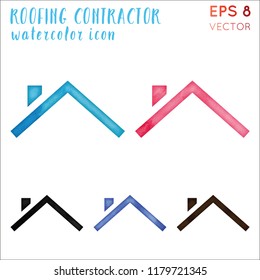Learn About The Ways In Which Seasonal Variables Can Affect The Success Of Commercial Outside Paint And Establish The Very Best Times To Attain Enduring Results For Your Job
Learn About The Ways In Which Seasonal Variables Can Affect The Success Of Commercial Outside Paint And Establish The Very Best Times To Attain Enduring Results For Your Job
Blog Article
Article Writer-Doherty Skafte
When you're intending a commercial outside paint job, seasonal variables can make or damage your results. You'll intend to think about just how temperature level and moisture impact paint application and drying times. Picking the appropriate season can guarantee your paint adheres properly and lasts longer. But which interior painters hobart are absolutely the best for this kind of job? Allow's check out the key elements that can affect your task's success.
The Influence of Temperature on Paint Application
When you're planning an industrial outside painting task, the temperature level can considerably affect just how well the paint adheres and dries out.
Ideally, you wish to paint when temperature levels range between 50 ° F and 85 ° F. If it's also chilly, the paint might not heal effectively, causing concerns like peeling or cracking.
On the other hand, if it's too warm, the paint can dry out also quickly, avoiding proper adhesion and causing an unequal surface.
You need to likewise consider the moment of day; early morning or late afternoon supplies cooler temperature levels, which can be a lot more beneficial.
Constantly check the manufacturer's recommendations for the certain paint you're using, as they typically supply advice on the perfect temperature range for ideal outcomes.
Moisture and Its Effect on Drying Times
Temperature isn't the only environmental aspect that affects your commercial outside painting job; moisture plays a significant role as well. High moisture degrees can reduce drying out times substantially, affecting the overall high quality of your paint task.
When the air is saturated with wetness, the paint takes longer to treat, which can bring about issues like bad bond and a higher risk of mildew growth. If you're painting on a specifically damp day, be planned for prolonged wait times in between coats.
It's important to monitor neighborhood weather conditions and plan as necessary. Preferably, aim for moisture degrees between 40% and 70% for ideal drying.
Maintaining these factors in mind guarantees your project stays on track and supplies a lasting surface.
Best Seasons for Commercial Outside Paint Projects
What's the very best time of year for your commercial external painting jobs?
Spring and very early autumn are normally your best options. Throughout these seasons, temperature levels are mild, and humidity degrees are typically lower, developing optimal problems for paint application and drying.
Avoid summertime's intense heat, which can cause paint to completely dry too quickly, leading to bad bond and surface. In a similar way, wintertime's cool temperature levels can prevent proper drying out and healing, taking the chance of the durability of your paint job.
Go for days with temperatures between 50 ° F and 85 ° F for optimum outcomes. Bear in mind to inspect the local weather report for rain, as wet conditions can wreck your job.
go to this site around these aspects ensures your painting project runs efficiently and lasts longer.
Conclusion
To conclude, planning your commercial exterior painting tasks around seasonal factors to consider can make a substantial difference in the outcome. By visit the next site during the perfect temperatures and humidity degrees, you'll guarantee far better attachment and drying out times. Remember to watch on neighborhood weather report and choose the right time of year-- spring and very early autumn are your best bets. Taking these steps will help you attain a resilient and expert coating that lasts.
